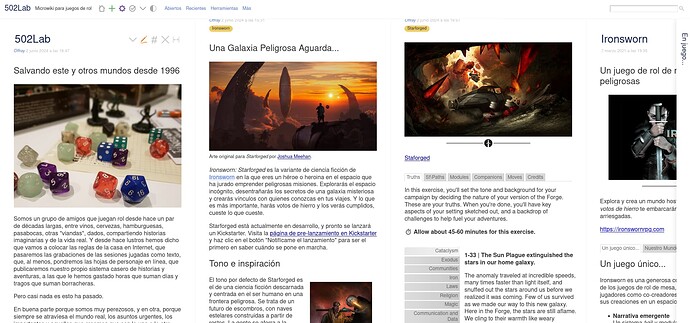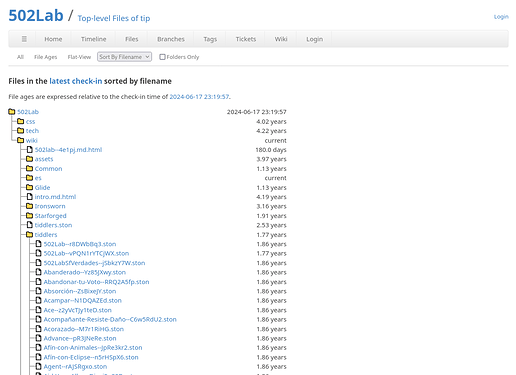I did not take your comment that way. I recognise that moving away from plain text tiddler files will be a big change for users, and I’m keen to take the chance to try to explain the rationale.
You would need an export command. Assuming the wiki is already running, the easiest way to get the data would be to use curl to request it from the API. As now, there will be an endpoint that can return an array of all the tiddlers in a bag or recipe as a big blob of JSON.
You’d probably want to commit .tid files. There’s an immediate problem of course in that not all tiddlers can be expressed as a .tid file so the design would have to fallback to using JSON files in those cases. Care might need to be taken to ensure that a tiddler moving between formats would be correctly handled.
The workflow mechanism could be used to automate things. You’d initiate the workflow by typing your commit message and clicking a button. The server would then execute the workflow, which would involve exporting tiddlers to a temporary file directory, and then invoking a script to call GitHub, finally deleting the temporary files.

